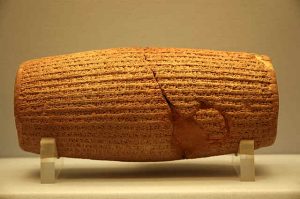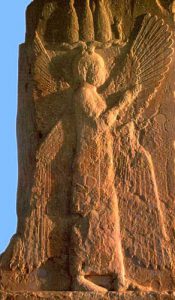Persiska فارسی Farsi پارسی Persian
150 Posts in classification topics (Technology & Education …)
1500000 total Page viewers
200 daily unique viewers (2002-2018)
http://www.hozour.com/fa/ Persian
http://www.hozour.com/ir/ Persian
https://hozour.com/se/ Sweden
Cyrus the Great
Cyrus II of Persia ( Kūruš; New Persian: کوروش Kuruš; Hebrew: כורש, Modern: Kōréš, Tiberian: Kōréš; c. 600–530 BC), commonly known as Cyrus the Great and also called Cyrus the Elder by the Greeks, was the founder of the Achaemenid Empire, the first Persian Empire. Under his rule, the empire embraced all the previous civilized states of the ancient Near East, expanded vastly and eventually conquered most of Western Asia and much of Central Asia. From the Mediterranean Sea and Hellespont in the west to the Indus River in the east, Cyrus the Great created the largest empire the world had yet seen. Under his successors, the empire eventually stretched at its maximum extent from parts of the Balkans (Bulgaria-Paeonia and Thrace-Macedonia) and Eastern Europe proper in the west, to the Indus Valley in the east. His regal titles in full were The Great King, King of Persia, King of Anshan, King of Media, King of Babylon, King of Sumer and Akkad, and King of the Four Corners of the World. The Nabonidus Chronicle notes the change in his title from simply “King of Anshan”, a city, to “King of Persia”. Assyriologist François Vallat wrote that “When Astyages marched against Cyrus, Cyrus is called ‘King of Anshan’, but when Cyrus crosses the Tigris on his way to Lydia, he is ‘King of Persia’. The coup therefore took place between these two events…

